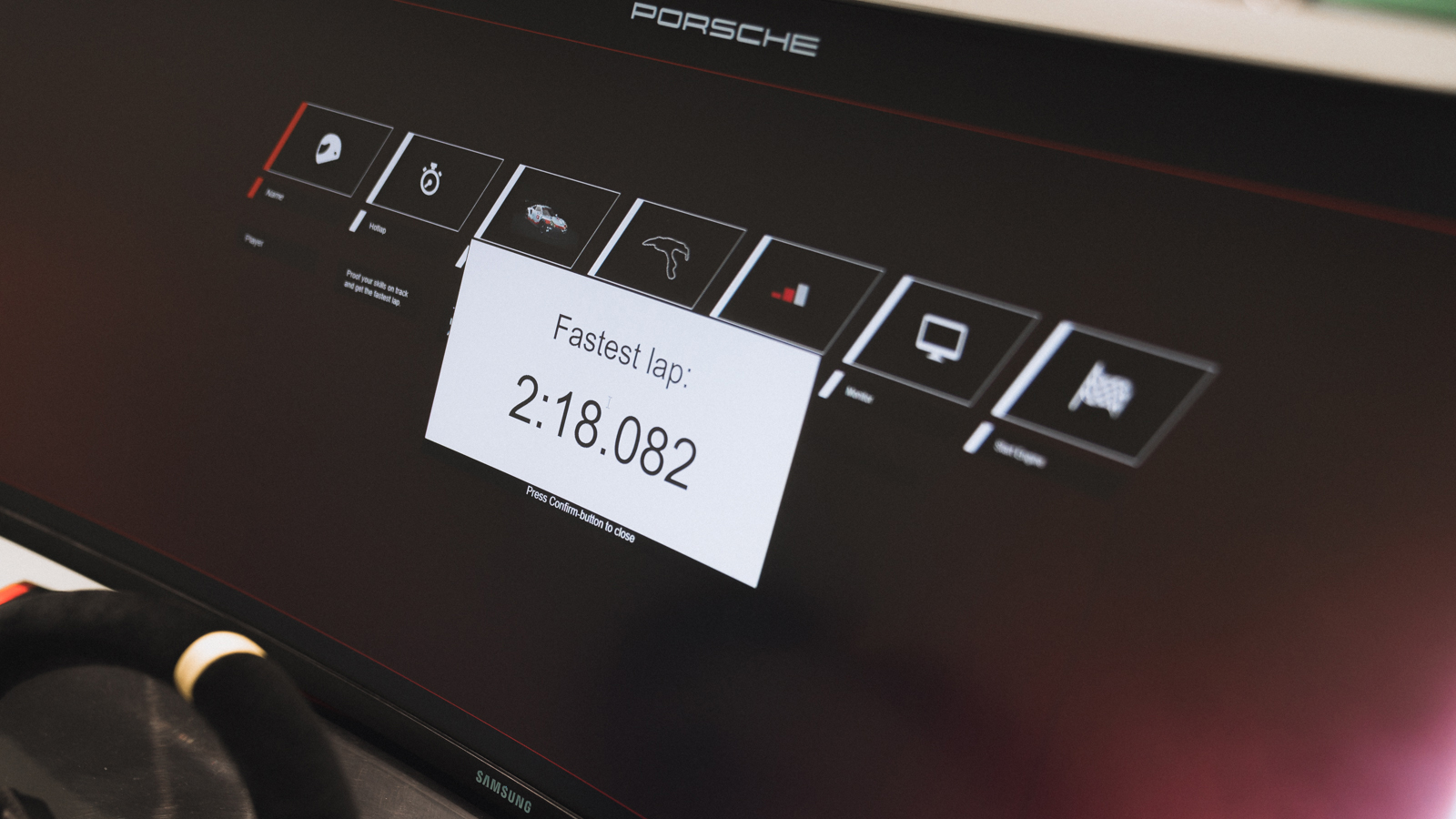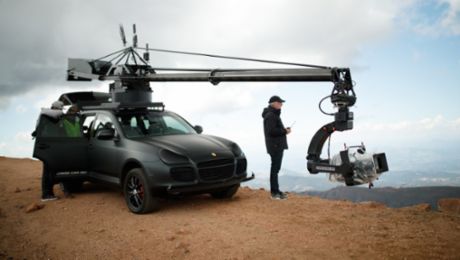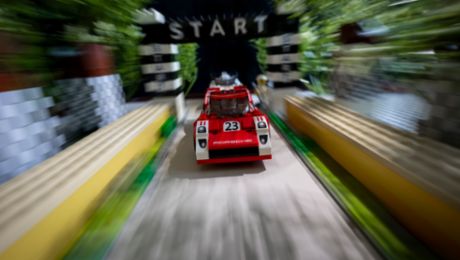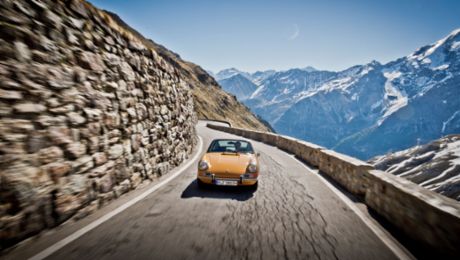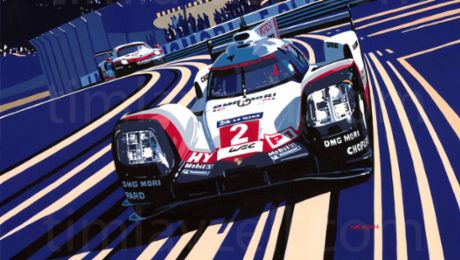Sim racer Max Benecke grew up around motorsport, attending races, tuning into F1 with his family and even driving a go-kart as a youngster. But the financial realities of progressing onto the track at a professional level soon put an end to his real-world racing aspirations.
“I always had a console at home though,” reveals the 26-year-old, who lives near Frankfurt. “And I was addicted to racing games. In the early 2000s I got into Gran Turismo 4 and this is where I began to get competitive. I always wanted to be the best, but at a certain point racing against the AI gets boring.”
In 2009, Codemasters released ‘F1’, the officially licensed F1 racing game, and Benecke began racing online in various digital leagues that were soon popping up around the world. He formed firm friendships with various competitors, many of whom are now working and racing with him today.
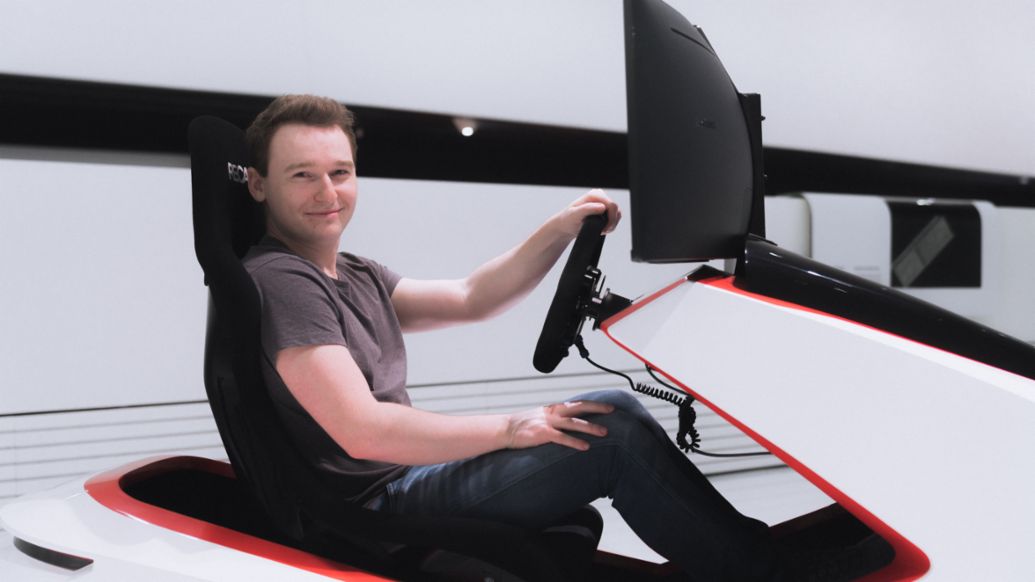
Benecke’s reputation began to grow as one of the very best online sim racers, but it was still a relatively unknown discipline that was failing to attract the attention of major names in motorsport. “The 2018 Porsche Sim Racing Trophy was a changing point. Porsche said we have to do a bit more. They put out the Esports Supercup and the Porsche SimRacing Summit in 2018 too – it was an important moment when big brands began to get behind sim racing.”
And then, of course, came Covid-19. The cancellation of all physical motorsport arrived at the precise moment that sim racing was gaining real traction on its own merit, thrusting the sport into the headlines with world famous drivers competing in front of increasingly large online audiences. Now Benecke regularly finds himself driving wheel-to-wheel with the likes of Formula One stars Max Verstappen and Lando Norris.
“It’s great to drive against them,” Benecke says. “They can give you really good input into the car. But I’ve also learned a lot from watching people race in real life – the racing lines, braking points and how much speed to carry through the corners. There are plenty of parallels between virtual and real racing.”
“I always wanted to be the best, but at a certain point racing against the AI gets boring.” Max Benecke
So where do people like Benecke find their edge? “Sim racing is a lot about practice,” he explains. “It’s really about setting up the car, driving five or six laps and looking at your pace. Then repeating this for hours and hours, where in real life, because you have limited track time, it’s more about the feeling you have in the car and how quickly you can find the limit.
“It depends on the level of competition and how much time we have, but for the Esports Supercup we do a lot of laps. Before the opening round in Barcelona, when we only had a week before the race, I was driving eight to nine hours a day in the sim. You get to the limit after five or six hours, but then you have to find those last few tenths in the set-up, which can be really frustrating. We generally do between 30 and 40 hours of practice for each race.”
Benecke now races for Team Redline, which has nine drivers, Verstappen among them, and staff employed solely to study their cars’ telemetry and improve the set-up. It’s a serious business, complex and involved and now with plenty to play for as prize pots grow exponentially and professional careers are forged. Here, Benecke shares his top tips on everything from how to get started in sim racing to getting the best from yourself and your car.
Getting started
“I recommend buying a game that isn’t too expensive – Codemaster F1, Gran Turismo or Asseto Corsa – where you only pay once. Then buy yourself a cheap wheel and pedal combination set –Logitech or Thrustmaster sell them for around 200 euros. It’s what I did and is great for getting started. Then, just drive. And drive against others and see how you feel. If you like it, you can always upgrade, but just make sure that you’re dedicated enough before you start to really invest.
“If you feel that sim racing is something you’d really like to pursue, upgrade your game. ‘iRacing’ is quite expensive – you pay monthly or yearly on subscription and you have to pay for cars and tracks additionally, so there can be a lot of money going out! I think iRacing is the best platform in terms of competition. It has a unique system that enables you to drive all the time and matches you to other drivers. And other companies are now really investing in it.
“Start to think about upgrading your hardware. I would always recommend you change your pedal system first because having better gas and brake pedals makes a huge difference to any car on any game. Then upgrade to a better wheel system – and only then maybe consider a triple screen set-up. But as a beginner, start cheap and see if you like it!”

Set-up
“There’s a lot you can change on your car in iRacing, from tyre pressure and ride height to roll stiffness, camber and toe and wing settings. And for every element of the set-up you can go in many different directions. It can be hard to figure out what works from track to track, but as a general rule, if it has faster corners, make sure your set-up isn’t too soft to stop the car sliding away on exit. And conversely, on slower tracks have the car a bit softer or it will bump all the time.
“You can set your wing from one to nine, with one being the lowest level of downforce. With a track like Donington, for example, you want to go close to the maximum because you need all the available downforce. But on a low downforce circuit like Le Mans a wing set of nine will cost you 5-7 km/h on the straights, so you’ll lose a lot of time on a four-minute lap. There you want a two or three wing setting.
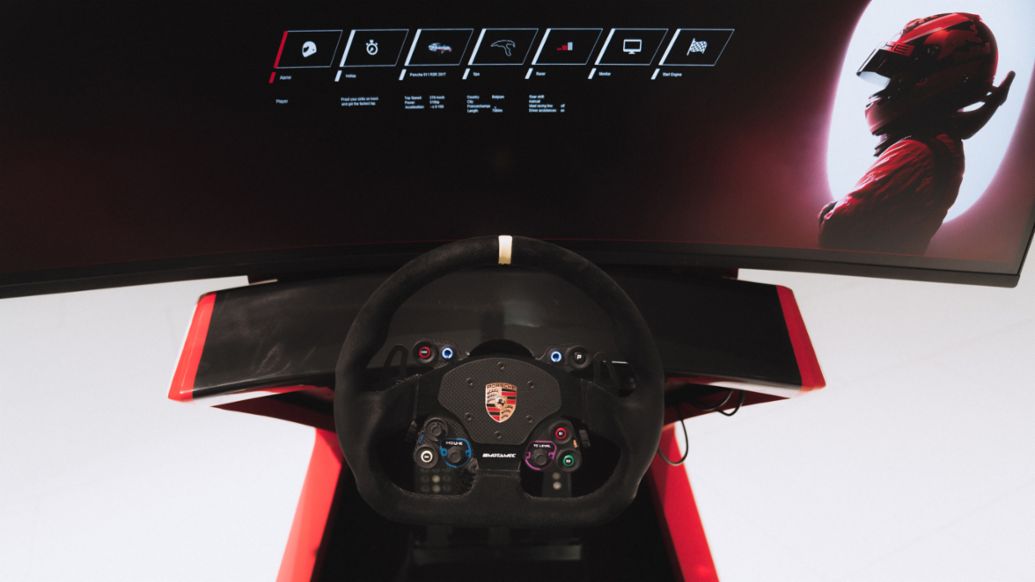
“You can log the telemetry of the car to help get your set-up right. Watch what happens to the tyre temperatures and tyre wear. It will tell you what effect the car’s stiffness and downforce is having in the corners, on the attitude under braking and during turn in. It can be intimidating to start with if you’re on your own, but it’s worth committing some time to.”
“You can feel the differences when you’re driving, but the key to getting the right set-up is to put in really consistent lap times. When we change something in the set-up we go out and drive five laps and pit. And if those five laps weren’t all within one tenth of a second it’s almost useless. So, if you can’t be that consistent, then the telemetry really does help you see what’s happening.”
Technique
“Learn from others: watch what other drivers are doing, especially with the brakes. When I first came to iRacing my braking was a huge issue. Ninety per cent of the time you lose is on the brakes, so make sure your braking is absolutely on point. It’s the slow in, fast out method. You know the drill!
“In terms of driving style, master your line and use every bit of the track. If there’s a kerb on the entry to a corner, use it. Go almost onto the grass to make the best of every corner. Use all the space available wherever possible and try to brake at exactly the same point on every single lap.
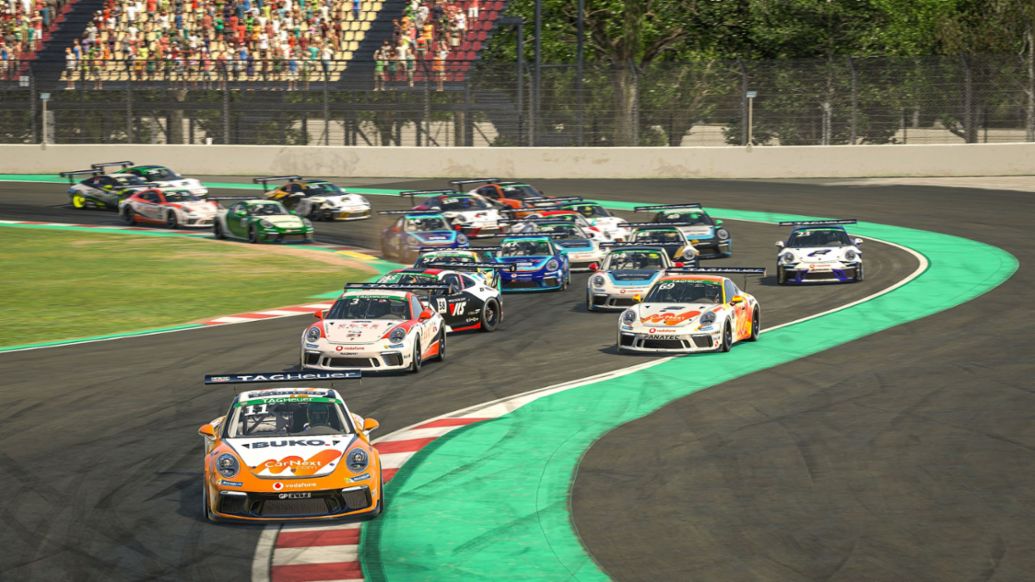
“There’s not much of a difference between qualifying and the race in sim racing, except for fuel. In a race you start with 50 or 60 litres against seven or eight in quali, and depending on where the tank is you’re going to have a different feeling from the car. You’ll either lose downforce in the front or rear, so practice both to have a feeling for the car in either situation.”
“Try to be as smart as you can, thinking not just about your braking point but what your opponent is doing. Ask yourself, if you were behind right now, what would you do in this precise moment? There is a lot of thinking behind passing and defending. Try to think two or three corners ahead too, so you know when you’re going to have the inside line. Put the guy in front under pressure by letting him know you’re there. And be patient!”
Getting noticed
“It may sound obvious, but the key to raising your game is practice, practice, practice!
“Make sure you are good enough for every race you attend. You need to demonstrate that you can be on top no matter which car or track. As you soon as you’ve finished midfield in a couple of races, people will start to wonder what’s going on, so be dedicated enough to really practice.
“Try to be as open as possible and seize every opportunity that arises. I got where I am by winning the Porsche Sim Racing Trophy and the iRacing World Championship in the same year and from there people began to get in contact. You have to be in it to win it. Create your own chances.
“Try to be really professional in everything you do. It may sound obvious, but think about how you come across on all forms of social media, about what you post up there and also how you behave on stream while driving. This effects how potential partners perceive you, and how followers interact with you.
“I’ve said it before, but the single most important thing you can do if you want to progress in sim racing is to keep practicing. Have as professional an approach to it as you can. Be dedicated, stay fit, stay positive and remember to enjoy it! Do all this and the opportunities will open up for you.”
Info
Photos: Matthias Mederer/ramp.pictures

